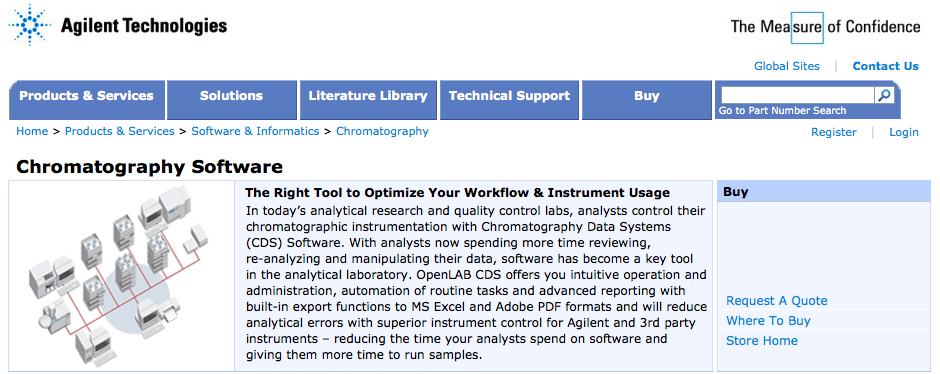I am fond of pointing out that a Gas Chromatograph (GC) and a Liquid Chromatograph (LC) are not like a simple calculator where anyone walking up to a calculator regardless if it is a 2 year old or a PhD in mathematics who keys in 2+2, the result will always be 4, it requires interpretation and elucidation. The machine has to be taught what the target analyte is (e.g., ethanol) and most importantly what it is not by using a resolution standard/separation matrix. It also has to be taught how much there is through the process of calibration. Out of the box from the vendor, the GC or LC knows nothing. In other words, the process is fungible and subjective. It is a human process and therefore open to the whims of human integrity.

Here is a part of the Agilent website that proves this very point. It really speaks to the point that the raw data coming from the chromatograph must be manipulated in order to get an answer:

The above screenshot comes from Agilent’s website and it reads:
In today’s analytical research and quality control labs, analysts control their chromatographic instrumentation with Chromatography Data Systems (CDS) Software. With analysts now spending more time reviewing, re-analyzing and manipulating their data, software has become a key tool in the analytical laboratory. OpenLAB CDS offers you intuitive operation and administration, automation of routine tasks and advanced reporting with built-in export functions to MS Excel and Adobe PDF formats and will reduce analytical errors with superior instrument control for Agilent and 3rd party instruments – reducing the time your analysts spend on software and giving them more time to run samples.
So I renew again my call for those laboratories that engage in testing and calibration provide the raw computer data.


